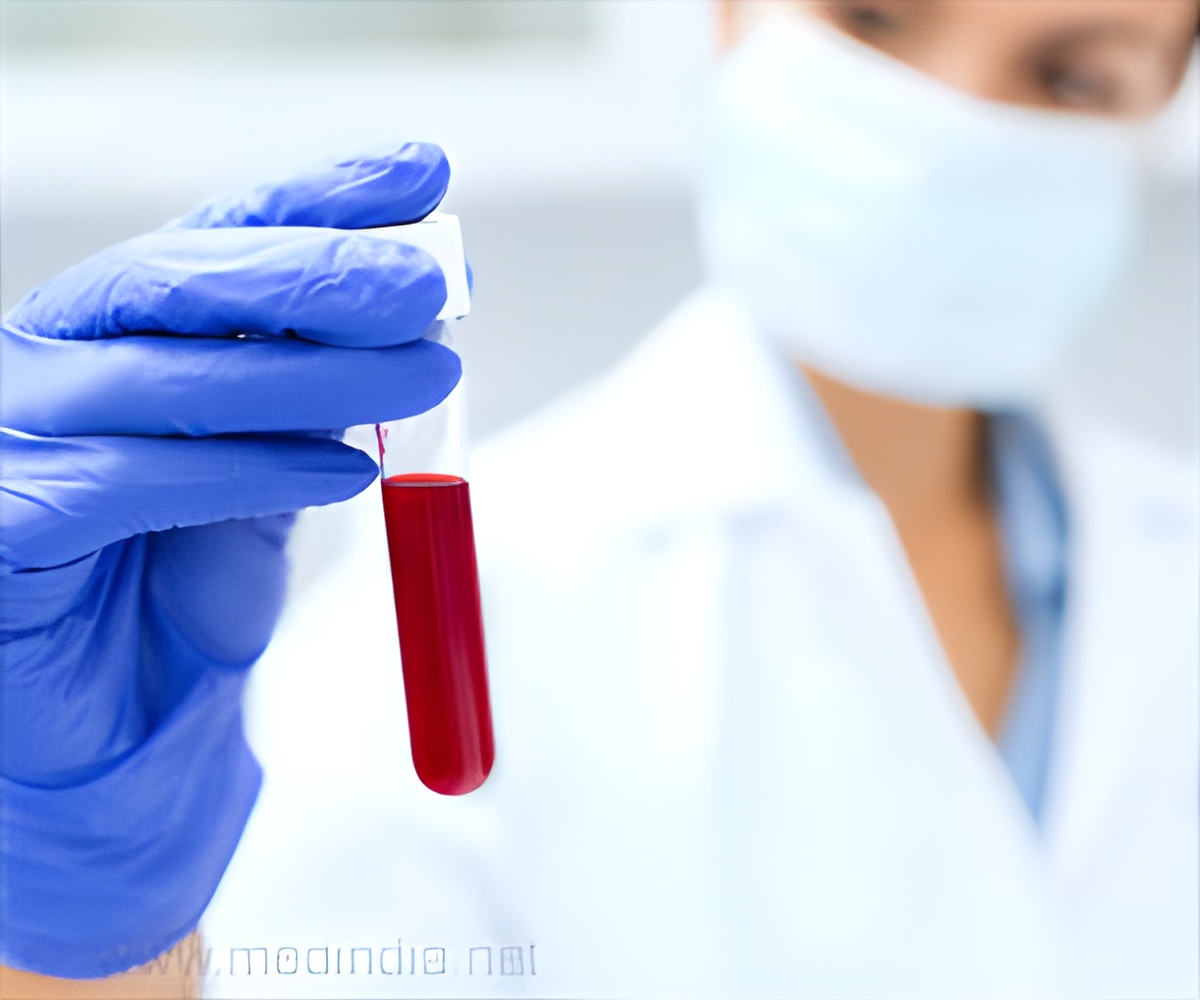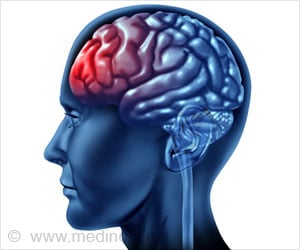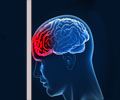
‘Neurofilament light chain, the blood-based biomarker was found to help detect and predict severity of traumatic brain injury.’
Tweet it Now
"Currently, there are no validated blood-based biomarkers to provide an objective diagnosis of mild traumatic brain injury or to predict recovery," said Leighton Chan, M.D., M.P.H., chief of the Rehabilitation Medicine Department at the NIH Clinical Center. "Our study reinforces the need and a way forward for a non-invasive test of neurofilament light chain to aid in the diagnosis of patients and athletes whose brain injuries are often unrecognized, undiagnosed or underreported. " The study examined multiple groups including professional hockey players in Sweden with sports-related concussions, hockey players without concussions, hockey players with persistent post-concussion symptoms, non-athlete controls, and clinic-based patients at the NIH Clinical Center who were healthy or with acute, subacute, and chronic mild traumatic brain injuries. The study showed that neurofilament light chain in the blood:
• Correlated closely with CSF neurofilament light chain in hockey players with concussions and non-athlete healthy controls, suggesting that blood neurofilament light chain could be used instead of CSF neurofilament light chain.
• Demonstrated strong diagnostic ability for sports-related concussions, where it could identify hockey players with concussions from hockey players without concussions and could identify clinic-based patients with mild, moderate, and severe traumatic brain injuries from each other and controls. This is significant as there is an unmet need for an easy and accessible blood biomarker to determine at the time of injury or in the chronic phase if a person has a concussion or signs of a traumatic brain injury.
• Could distinguish with high accuracy hockey players who could return to play after 10 days from those who developed persistent post-concussion symptoms and eventually retired from the game. In the clinic-based cohort, patients with worse functional outcomes had higher blood neurofilament light chain levels. This is significant as there is an unmet need for a blood biomarker that can help clinicians to determine when athletes can safely return to play or when patients can return to work or resume daily activities.
Advertisement
"This study is the first to do a detailed assessment of serum neurofilament light chain and advanced brain imaging in multiple cohorts, brain injury severities, and time points after injury," said the study's lead author, Pashtun Shahim, M.D., Ph.D., NIH Clinical Center. "Our results suggest that serum neurofilament light chain may provide a valuable compliment to imaging by detecting underlying neuronal damage which may be responsible for the long-term symptoms experienced by a significant number of athletes with acute concussions, and patients with more severe brain injuries."
Advertisement
Traumatic brain injury is a major leading cause of death and disability in the United States with more than 2.87 million emergency department visits, hospitalizations and deaths annually. While majority of all traumatic brain injuries are classified as mild (also known as a concussion), it remains difficult to diagnose this condition.
There are a wide range of variable behavioral and observational tests to help determine a patient's injuries but most of these tests rely on the patient to self-report signs and symptoms. Also, imaging has limitations with detecting micro-structural injuries in the brain.
Source-Eurekalert














